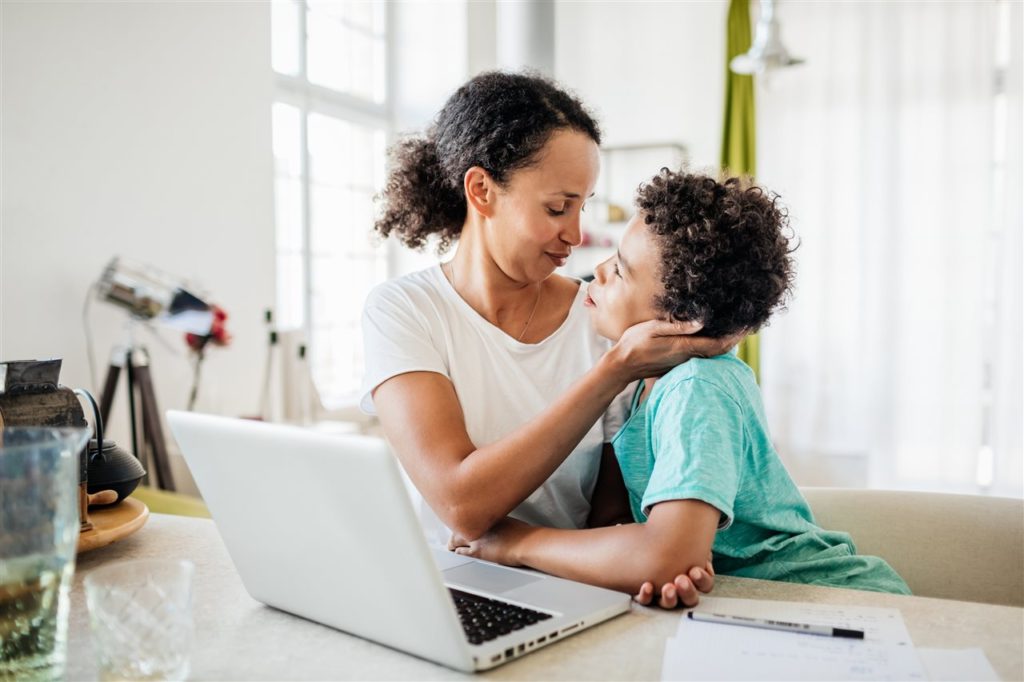
Bull & Bush Brewery






One ring to rule them all.
One ring to find them.
One ring to bring them all,
and in the darkness
bind them.
The one ring. The most powerful ring created in Middle Earth was crafted by the Dark Lord, Sauron, in the fire that’s also known as Mount Doom. It was created to exercise control over all of the other rings of power. Sauron hoped to gain lordship over the elves and all the races in Middle Earth.

Now I’ve wondered this. There were 19 total rings. Three rings went to elves. Seven went to dwarfs. Nine rings went to men. So now, under the Dark Lord Polis who do you think has those rings? As a dwarf it’s clear Kyle Clark has at least one of them. I think the Dark Lord gave The Denver Post a ring. Tay Anderson has a ring. Clearly Councilwoman CdeBaca has a ring. Norm Brownstein has a ring. It looks like Brittany Bowlen is about to get a ring. Leroy Garcia has a ring. Ian Silverii and Brittany Pettersen have to share a ring because they’re married. John Hickenlooper, one of the enlightened dwarfs, will probably get his ring back in November. Don’t kid yourself, Cory Gardner is not an elf. The traitor Republican turned Biden supporter Ryan Call has a ring. Ted Trimpa has a ring. As the King of men, Phil Anschutz has a ring.
I know you’re all thinking, who is the Gollum? It’s Michael Hancock. He had a ring but he lost it.
Remember, Gollum was once a hobbit, which leads us to hobbits. If you are a true Tolkien fan, you remember when Frodo and Sam get back from the great adventure the Shire has turned into a homeless camp. Unlike the movie, in the book at the end the Shire looks like the State Capitol in August.
If you’re out there searching for a good wizard as in The Return of the King I don’t think Colorado has one. You and I spend our time looking for Gandalf and we keep coming back with the one ring that can control them all. So using his ring of power, Polis now rules high school football can begin again. Your Denver Broncos can play again but John Bandimere has to stay shut down. Certain restaurants can open, certain cafes must close. So the Dark Lord picks who wins, who loses. Businesses that open and businesses that need to go. The Dark Lord is never indecisive, his leadership is all bold. As it gets colder now how will dwarves and elves be able to eat outside without the blessing of the Dark Lord?
And remember, one ring to rule them all, one ring to find them. One ring to bring them all and in the darkness bind them in the land of Mordor where the shadows lie. The State Capitol. The ring can’t be tossed away or forgotten about. It always returns.
— Peter Boyles

(BPT) – By Dr. Bela Sood, MD, child and adolescent psychiatrist and senior mental health policy professor at Children’s Hospital of Richmond at VCU.

This pandemic is unlike anything we’ve ever experienced, so how can we help our children cope, especially when we’re also feeling anxious? The key lies in acknowledging our own fears and concerns, while understanding how each individual child handles emotional challenges.
Parenting is hard. Parenting during a pandemic can feel especially challenging as you balance changes in work, home and school. Here’s how you can provide support and reassurance, whatever your child’s stage of development.
Start with yourself
Even infants pick up on their parents’ moods, so your emotional state will affect how your children cope.
As instructed on airplanes, during turbulence you should put on your own oxygen mask before helping others. The same is true of turbulent times: Take care of yourself first.
Reflect on how you feel: Are you angry about disrupted routines? Worried about the future? Missing loved ones? When you’re stressed, practice self-care: Exercise, meditate or talk with a friend. This will help you feel more “centered” so you can model calm, positive attitudes and behavior.
Limit media exposure
It’s easy to become overwhelmed by negative news. Stay with your children during news reports and encourage them to ask questions. Limit your own exposure too, as it can affect your mood.
Consider your child’s stage of development
Babies and toddlers won’t understand what’s happening, but they respond to emotional cues. Though it’s not always easy, if you can stay calm and positive, they’re more likely to relax.
Maintain routines, as all children thrive on predictable schedules. Knowing when to expect meals, playtime and bedtime helps them feel more safe and secure.
Preschoolers have many questions about everything, but keep your explanations simple. Discuss the virus as being like a very bad cold or flu when explaining why everyone is wearing masks or why they can’t go on play dates.
Validate your child’s feelings by saying, “I understand you’re upset right now,” or “It’s okay to miss grandma. I miss her too.”
Let your children connect with others safely. Make video calls to relatives or socialize with a small group of neighbors outdoors while practicing social distancing. Help your child write letters to friends.
School-aged children are more peer-oriented, but they still appreciate spending time with parents. It’s a great opportunity to start new hobbies together, while also letting them pursue their own interests.
If your children appear anxious, angry or sad, encourage them to talk about it. Share how you’re feeling, too. Establish a weekly “check-in” dinner where everyone has a turn to express their feelings.

Include children in chores and activities that give them a feeling of control. Let them assume responsibilities like folding laundry or cleaning, offering choices about what activities they prefer.
Teenagers are beginning to separate psychologically from their parents, so being forced to be together all day can be tough on them, as well as on parents! Older teens are missing out on significant milestones, like homecoming, sports or performing arts, which may be important parts of their identities.
Put yourself in your teen’s shoes. This period is hardest for teens who derive energy from peer interactions. Show empathy by saying, “This must be so disappointing for you.” Help them find creative ways to make this time memorable and connect with peers who practice social distancing. The weekly family dinner may be the perfect time to listen to your teen and problem-solve together.
Warning signs
It’s normal for kids to occasionally seem sad, anxious or angry. Encourage them to voice their feelings and acknowledge that it’s okay for them to feel that way.
If your child becomes increasingly withdrawn, disconnected or obsessed with video games or other self-isolating activities, it may be a signal that they’re preoccupied with worries about the future or other topics. Try drawing them out to determine whether you should seek their pediatrician’s advice. It’s challenging to keep children entertained at home 24/7, so don’t be too hard on yourself. Offer additional social support from close friends and relatives.
If you think it would help them to get counseling and they’re reluctant, tell them that when you’re in trouble, you seek help. Let them choose whether to participate or not. If your child is unwilling to talk to a counselor, you may find it helpful to see a therapist to share observations of your child, get a better understanding of what may be happening and develop strategies to support them.
For the latest on COVID-19 and resources to support your family’s mental health, visit chrichmond.org/covid-resources.